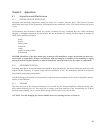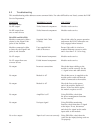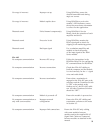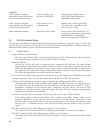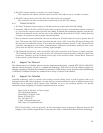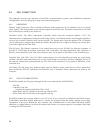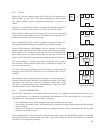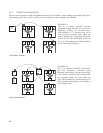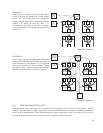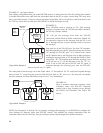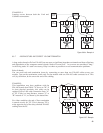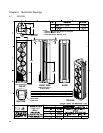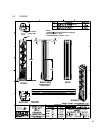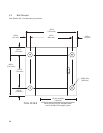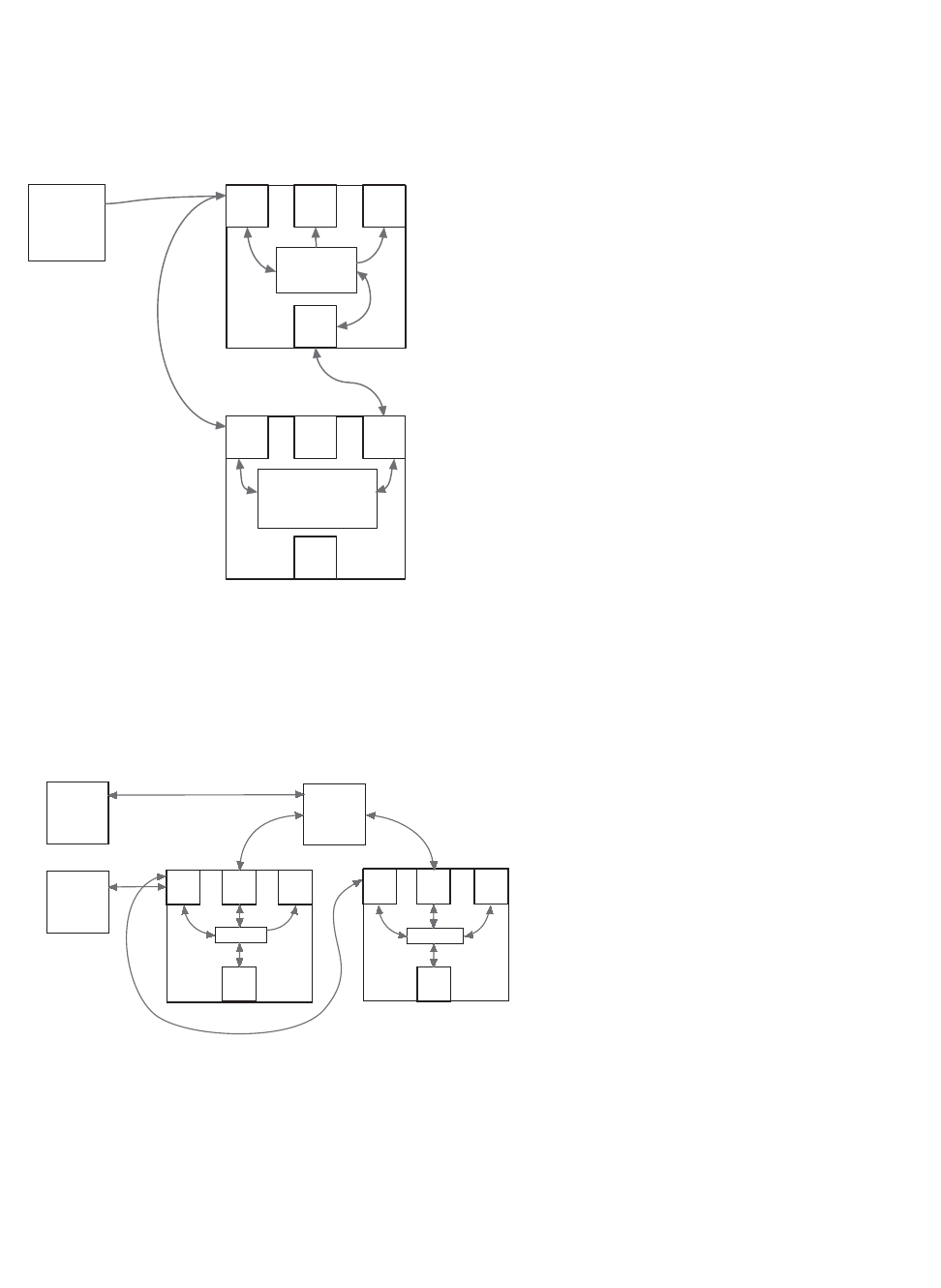
EXAMPLE 1: (no figure shown)
One cabling configuration that you should NEVER make is to daisy-chain the EIA-485 cabling from module
to module then home run a cable from the last module back to the PC to create a closed loop. This may seem
like a good idea because, if there is a break anywhere in the cable, there will still be a connection back to the
PC. The key words here are that this will CREATE A LOOP and loops are bad.
EXAMPLE 2:
Here, DSAPilot sends a message to "B". This message
requires a response from "B". Just like each DSAi modules,
the PC has a unique address.
"B" will get the message from both the EIA-485
connection, and the PLink to SLink connection. Should "B"
be required to respond to the message from the PC it will
do so through the port or ports through which it received
the message.
One path was to the EIA-485 port. So when "B" responds,
back through this port, the PC gets the message but so does
"A" through its EIA-485 port. "A"'s address won't match
the PC address and so will forward it out its other ports thus
sending the message back to "B" through the PLink to Slink
connection. "B" will respond again this time sending it out
its SLink port to "A". As the message is not for "A", "A"
sends it out its EIA-485 port to the PC and "B" again. It
responds through the receiving port, now the EIA-485,
back to the PC and "A" again.
The other path for the message was to the SLink where "A" forwarded it. So "B" would also respond through
that port and "A" would forward it out the EIA-485 port back to "B", and so on. The network will rapidly
become saturated and from DSAPilot's point of view, very intermittent.
EXAMPLE 3:
Here is another connection topology using
CobraNet audio and EIA-485 computer
control with a loop. Looping occurs through
the RS485 and CobraNet. Just follow the
arrows.
NOTE: See Example 4 in Section 8.6.5 to properly configure this topology or use DSAPilot to configure the
Com Settings for Network audio and EIA-485 control. This disables the control connection from the
CobraNet card to the EIA-485 bus, thus preventing a control loop through the CobraNet interface.
42
PC
DSA
PILOT
CM1
SLink
485
PLink
MESSAGE
FOR "B"
DSA "A"
NO MATCH,
RESEND
DSA "B"
CM1
SLink
485
ADDRESS MATCHES,
USE IT, REPLY TO PC
PLink
Figure 8.6.6a Example 2
PC
DSA PILOT
DSA "A"
ETHERNET
SWITCH
CM1
SLink
485
PLink
CM1
SLink
485
PLink
DSA "B"
CobraNet
Source
Figure 8.6.6b Example 3



